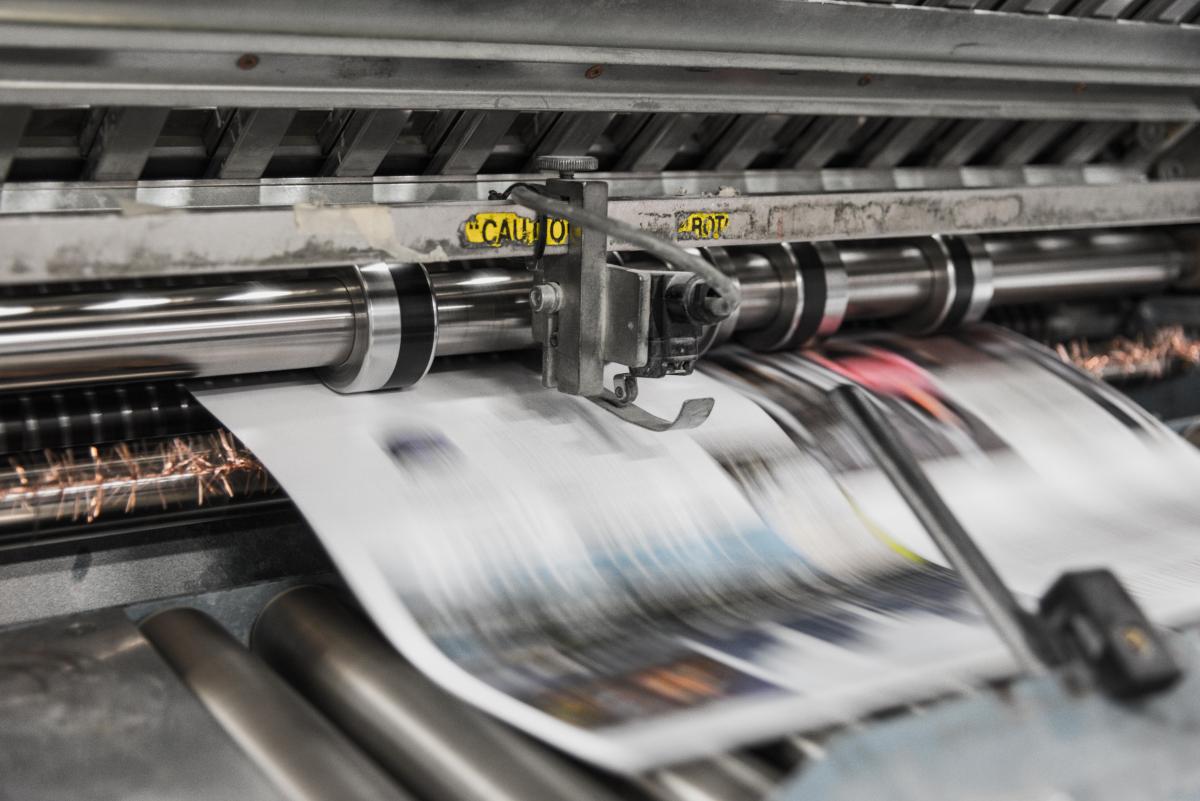The print industry has evolved remarkably over the past few decades, and at the forefront of this transformation is automation. As businesses strive for efficiency, the role of automation in the print industry becomes increasingly significant. This article delves into how automation is reshaping the landscape of printing, offering a glimpse into its myriad benefits and potential future.

The Evolution of Automation in Printing
For years, the print industry relied heavily on manual processes. From typesetting to printing, human intervention was a constant. However, with technological advancements, automation began to make its presence felt, ushering in a new era of efficiency and precision.
Milestones in Automated Printing
Early innovations like the automated press and computer-aided design paved the way for modern printing technologies. The introduction of digital printing marked a significant shift, enabling faster production times and greater flexibility.
Current Trends in Automation
Today’s print industry is characterized by sophisticated automated systems that streamline operations. From automated workflows to robotic arms in green printing facilities, automation is integral to modern printing.
Benefits of Automation in the Print Industry
The advantages of automation in the print industry are numerous and impactful. Businesses adopting automated systems experience increased productivity, reduced costs, and enhanced quality.
Efficiency and Productivity
Automated systems minimize downtime and ensure that printing processes are optimized. This results in faster turnaround times and improved business outcomes.
Cost-Effectiveness
By reducing the need for manual labor, automation helps companies save on operational costs. It also reduces waste, contributing to more sustainable practices.
Quality Enhancement
With automation, print quality is more consistent and precise. Automated checks and balances ensure that errors are minimized, leading to superior end products.
Challenges and Considerations in Implementing Automation
While the benefits are clear, implementing automation in the print industry is not without challenges. Companies must consider technology integration, training, and potential disruptions.
Integration with Existing Systems
Seamlessly integrating automated systems with current operations is crucial. This often requires substantial investment in both time and resources.
Workforce Adaptation
As automation takes over certain tasks, workers need to be trained for new roles. This involves upskilling and reskilling to ensure a smooth transition.
Potential Disruptions
During the adoption phase, companies may face operational hiccups. It’s essential to have contingency plans in place to address these potential disruptions.
The Future of Automation in Print Industry
The future of automation in the print industry is promising. With continuous advancements, the industry is likely to see even more sophisticated technologies and practices.
Emerging Technologies
Technologies like AI and IoT are set to further revolutionize the industry, offering unprecedented levels of efficiency and customization.
Sustainability Goals
Automation contributes to achieving sustainability goals by reducing waste and promoting eco-friendly practices.
Industry Growth
As automation becomes more prevalent, the print industry is expected to grow, offering new opportunities and markets.
Conclusion
The impact of automation in the print industry is undeniable. As businesses continue to embrace these technologies, the print industry will undoubtedly continue to evolve, offering enhanced productivity, cost-effectiveness, and quality.

FAQs about Automation in Print Industry
What is automation in print industry?
Automation in the print industry refers to the use of technology and systems to streamline and optimize printing processes, reducing the need for manual intervention.
How does automation benefit the print industry?
Automation offers numerous benefits, including increased efficiency, cost savings, and improved quality of printed materials.
What are the challenges of implementing automation in printing?
Challenges include integrating new technologies with existing systems, training the workforce, and managing potential operational disruptions during the transition.
This article contains affiliate links. We may earn a commission at no extra cost to you.






